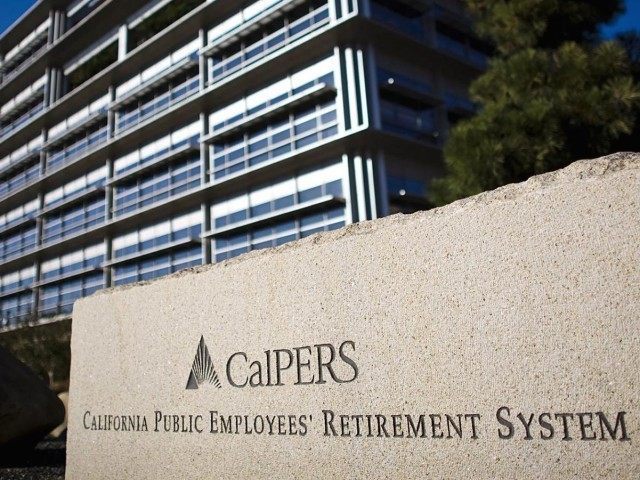Governor Brown’s May Revised Budget reveals that the State of California’s and the University of California’s unfunded pension liabilities have skyrocketed by 22 percent in the last year.
The State of California is notorious for predicting spectacularly high pension investment returns, and then admitting lousy performance. But Governor Brown’s 2017-18 May Revised Budget admitted for the first time that the state’s and UC’s long‑term pension and healthcare liabilities jumped by $51 billion in the last year to $279 billion, “due to poor investment returns and the adoption of more realistic assumptions about future earnings.”
The Brown administration’s willingness to be more forthcoming with the cost of granting unions spectacular benefits was not voluntary. The Governmental Accounting Standards Board (GASB), which sets the accounting methodology for all government entities, issued Statement 85 in January 2016. The new mandate required pension plan audits to include postemployment benefits (OPEB) liabilities, such as retiree healthcare.
The State of California’s first GASB-compliant audited financial balance sheet revealed that unfunded retiree healthcare liabilities substantially exceed pension liabilities. The 2016 calculation of unfunded employee pension liability for the state was $59.141 billion, and $15.141 billion for the University of California. But the unfunded state retiree health liability is 36 percent greater, at $76.533 billion; and the UC unfunded retiree health liability is over 44 percent greater, at $21.719 billion.
The big jump in unfunded liabilities means a bigger burden on future California state budgets. The May Revised Budget reveals that the state’s contributions to California Public Employees’ Retirement System (CalPERS) “are on track to nearly double from $5.8 billion ($3.4 billion General Fund) in 2017‑18 to $9.2 billion ($5.3 billion General Fund) in 2023‑24.
CalPERS projected it would earn a 7.5 percent investment return last year, but the world’s largest investor only earned a 1 percent return. With that huge underperformance potentially putting an even bigger burden on the state budget, Gov. Brown is proposing to borrow $6 billion from another state account called the Surplus Money Investment Fund.
But in a typical example of how the State of California uses smoke and mirrors continuouslyto justify increasing pension benefits without adequately funding their costs, the Brown administration intends to pay the interest cost of the loan from the Surplus Money Investment Fund by borrowing from the voter-approved Proposition 2 rainy day fund.
With the CalPERS state pension plans only 65 percent funded as of June 30, 2016, the Brown administration is celebrating a new union collective bargaining agreement that, he says, will pay down the unfunded liability over the next 30 years. But that still assumes the state earns a 7 percent rate investment return on its pension plans.

COMMENTS
Please let us know if you're having issues with commenting.